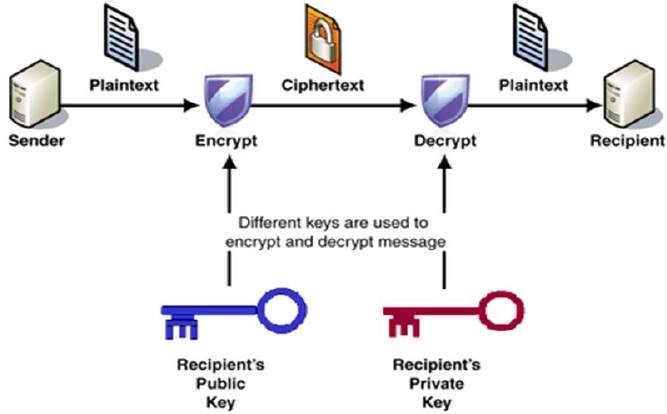SECURITY MEASURES
DEFINITION:
The
precautionary measures taken toward possible danger or damage.
TYPES OF SECURITY MEASURES:
1. DATA BACKUP
2. CRYPTOGRAPHY
Technology of encoding
information so it can only be read by
authorized individuals
3.ANTIVIRUS
•Anti-virus software is a program or set of programs that are
designed to prevent, search for, detect and remove software
viruses and other malicious software like
worms, Trojan horses, adware and more.
•If
and when a virus
is detected, the computer displays
a warning asking what action should
be done, often giving the options to
remove, ignore, or move the file to the vault.
•If
a virus infected a computer without an antivirus program, it may delete
files, prevent access to files, send spam, spy on you, or perform other
malicious actions.
•Examples: Norton anti-virus, AVG
anti-virus, Kaspersky anti-virus
•There
are several different companies that build and offer anti-virus software and
what each offers can vary but all perform some basic functions:
-Scan specific files or directories for any malware or known malicious
pattern
-Allow
you to schedule
scans to automatically run for you
-Allow
you to initiate
a scan of a specific file or
of your computer, or of a CD or flash drive at any time.
-Remove any malicious code detected –sometimes you will be notified of
an infection and asked if you want to clean the file, other programs will
automatically do this behind the scenes.
4.ANTI-SPYWARE
•Spyware is a type of malware that is installed
on a computer without the user's knowledge in order to collect information about
them
•Once
installed, spyware can degrades
system performance by taking up processing power, installing additional
software, or redirecting users' browser activity.
•It also can monitors
user activity on the Internet and transmits that information in the background to someone else.
•Spyware can also gather
information about email addresses and even passwords
and credit card numbers.
•Anti-spyware is a type of software that is
designed to detect and remove unwanted spyware
programs.
•Anti-spyware software can be used to
find and remove spyware that has already been installed on the user's computer.
OR
it can act much like an anti-virus program by providing
real-time protection and preventing spyware from being downloaded in the first
place.
•Examples
:Spyware Blaster,Spy Sweeper
5.FIREWALL
-A firewall is a system designed to prevent unauthorized access to or from a private network.
-A firewall can be implement either through hardware or software form, or a combination of both.
-Firewalls prevent unauthorized Internet users from accessing private networks connected to the Internet, especially intranets.
-All messages entering or leaving the intranet (i.e., the local network to which you are connected) must pass through the firewall, which examines each message and blocks those that do not meet the specified rules/security criteria.
-Rules will decide who can connect to the internet, what kind of connections can be made, which or what kind of files can be transmitted in out.
6.PHYSICAL ACCESS CONTROL
•Lock your laptop whether you're at home, in a dorm,
in an office, or sitting in a coffee shop, use a security device, such as a
laptop security cable.
•Lock
doors and windows, usually adequate to protect the
equipment.
•Put the access code at the door to enter the computer room or
your office.
•Put
the CCTV (closed-circuit television) in
your office or computer room.
•Make
a policies who can access the computer room
or your data center.
7.HUMAN ASPECTS:AWARENESS
•Ethics
- Be a good cyber citizen
-Do not engage in inappropriate
conduct, such as cyber
bullying, cyber stalking or rude and offensive behavior.
-Do not use someone else's password
or other identifying information.
•Lock
it when you leave
-It
takes only a few seconds to secure your computer and help protect it from
unauthorized access. Lock down your computer every time you leave your desk.
-Set
up a screen-saver
that will lock your computer
after a pre-set amount of time and require a password to log back in.
•Protect
data on mobile devices
-Choose
a strong
password. A good password should always
include upper and lowercase letters, numbers, and at least one special
character. Never use the same password for multiple devices or accounts.
-Store your portable devices securely. When not in use, store devices
out of sight and when possible in a locked drawer or cabinet.
•Expose
employees or staff to computer security.
•Make
a routine check to update from new virus, worm or other malicious threat.



Comments
Post a Comment